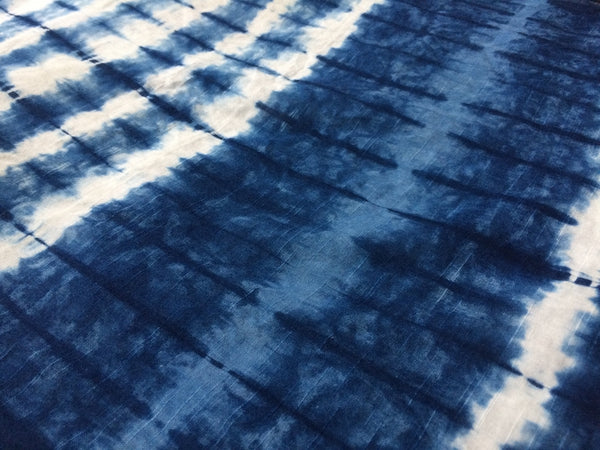Exploring the Rich History and Applications of Pure Indigo Dye in Textiles
The Rich History and Artistry of Pure Indigo Dye
Indigo dyeing is one of the most ancient forms of textile coloration, treasured for its rich blue hues and cultural significance across various civilizations. Derived from the leaves of the Indigofera plant, pure indigo dye has captivated artisans and dyers for centuries, resulting in its revered status in fashion, art, and craft. This article explores the rich history, methods of extraction, and enduring legacy of pure indigo dye.
Indigo dye has a long and storied history that can be traced back to ancient cultures, most notably in India, Africa, and South America. The use of indigo can be found in the historical texts of the Indus Valley civilization (circa 2500 BC), where it was used to dye textiles traded across the globe. In India, indigo dyeing reached its zenith with the introduction of techniques that enabled the creation of vivid colors, vibrant enough to withstand the test of time.
Extraction of pure indigo dye is a labor-intensive process, steeped in tradition
. The leaves of the indigo plant are first harvested and then fermented in water, allowing the release of indican, a compound that undergoes a chemical transformation into indigo when exposed to air. The process, known as vat dyeing, involves several steps including soaking, oxidation, and drying. The unique quality of indigo is that it adheres to fabric through a process known as “resist dyeing,” wherein the dye bonds with the fibers when the material is immersed in a vat containing the reduced form of indigo.The beauty of pure indigo lies not just in its vibrancy, but also in the techniques used to apply it. One popular method is tie-dyeing, where fabric is tied in various patterns before being submerged in indigo dye, resulting in intricate designs. This technique produces stunning, one-of-a-kind pieces, each telling its own story. Other methods include shibori, a Japanese technique that creates unique patterns through folding, twisting, and binding. These traditional methods have been passed down through generations, with each artisan adding their own touch and innovation to the craft.
pure indigo dye

As global trade expanded, the indigo plant became a highly sought-after commodity, leading to the establishment of plantations and the unfortunate use of slave labor in its production, particularly in the Americas. With the advent of synthetic dyes in the 19th century, the demand for pure indigo diminished. However, the blues derived from synthetic dyes lacked the depth and complexity of their natural counterpart. As a result, there has been a resurgence in the use of natural dyes, with indigo leading the way due to its environmental sustainability and unique aesthetic qualities.
The revival of interest in pure indigo dye is reflected in contemporary fashion and home décor. Designers and artisans worldwide are embracing this ancient craft, integrating traditional practices with modern designs. This blend of history and innovation creates pieces that not only showcase stunning colors but also an appreciation for heritage and craftsmanship.
Moreover, the cultural significance of indigo is being recognized and celebrated through various initiatives. Workshops, festivals, and exhibitions focusing on indigo dyeing have been organized to educate new generations about its history and application. This revival is not merely about aesthetics; it is a celebration of cultural identity and the artistry that has stood the test of time.
In conclusion, pure indigo dye represents more than just a vibrant color. It embodies a rich cultural heritage, artistic expression, and a sustainable approach to fashion. As we continue to explore and appreciate the beauty of this ancient dye, we ensure that the skill and artistry associated with indigo dyeing thrive for generations to come.
-
The Timeless Art of Denim Indigo Dye
NewsJul.01,2025
-
The Rise of Sulfur Dyed Denim
NewsJul.01,2025
-
The Rich Revival of the Best Indigo Dye
NewsJul.01,2025
-
The Enduring Strength of Sulphur Black
NewsJul.01,2025
-
The Ancient Art of Chinese Indigo Dye
NewsJul.01,2025
-
Industry Power of Indigo
NewsJul.01,2025
-
Black Sulfur is Leading the Next Wave
NewsJul.01,2025

Sulphur Black
1.Name: sulphur black; Sulfur Black; Sulphur Black 1;
2.Structure formula:
3.Molecule formula: C6H4N2O5
4.CAS No.: 1326-82-5
5.HS code: 32041911
6.Product specification:Appearance:black phosphorus flakes; black liquid

Bromo Indigo; Vat Bromo-Indigo; C.I.Vat Blue 5
1.Name: Bromo indigo; Vat bromo-indigo; C.I.Vat blue 5;
2.Structure formula:
3.Molecule formula: C16H6Br4N2O2
4.CAS No.: 2475-31-2
5.HS code: 3204151000 6.Major usage and instruction: Be mainly used to dye cotton fabrics.

Indigo Blue Vat Blue
1.Name: indigo blue,vat blue 1,
2.Structure formula:
3.Molecule formula: C16H10N2O2
4.. CAS No.: 482-89-3
5.Molecule weight: 262.62
6.HS code: 3204151000
7.Major usage and instruction: Be mainly used to dye cotton fabrics.

